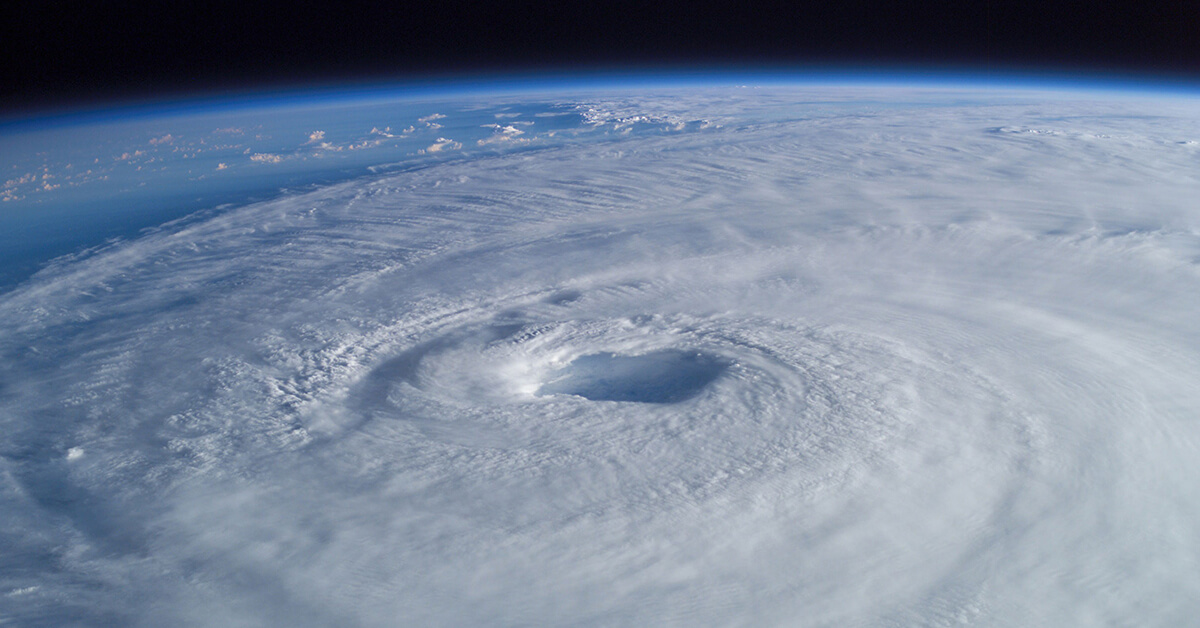
July 1, 2021
With the 2021 U.S. thunderstorm and hurricane season now underway, and activity expected to be above normal for much of the country, the latest NBAA News Hour gathered experts to consider the best tools available to help pilots, dispatchers and schedulers prepare for the disruption caused by storm systems.
The primary tool recommended by the panelists – David G. Bieger, meteorologist in charge at FAA Air Traffic Control System Command Center; Jennifer Stroozas, warning coordination meteorologist at the National Weather Service’s (NWS) Aviation Weather Center and John Kosak, CAM, NBAA’s program manager, weather, Air Traffic Services – is the Traffic Flow Management (TFM) Convective Forecast (TCF), provided by the National Oceanic and Atmospheric Administration and NWS.
“The TCF is a great product for planning ahead because it provides four-, six- and eight-hour forecasts of what kind of coverage to expect over the National Airspace System,” Kosak told moderator David Biggar, a meteorologist at NBC4 in Los Angeles. “It’s the tool that route specialists inside the FAA’s command center use to determine air space flow and even ground delay programs.”
Importantly, the TCF is a collaborative effort that combines data from national and local meteorological centers information as well as input from the aviation industry, to produce the most accurate thunderstorm forecasts, said Stroozas. “The TCF is specifically tailored for aviation interests and uses a lot of expertise from a lot of meteorologists. It’s truly a unique thing,” she noted.
Stroozas added that the site also hosts additional tools for pilots, dispatchers and schedulers, notably the Global Forecasts for Aviation – an interactive weather map including warnings and advisories that has replaced text-based area forecasts.
Beyond the short-term forecasts provided by the TCF, operators can also use an extended TCF for forecasts between 10 and 30 hours out and an extended convective forecast product, which offers predictive models on weather patterns for up to 84 hours before departure, said Kosak.
The amount of time an operator can plan a flight will be determined by the weather system, said Stroozas. “When it comes to hurricanes and thunderstorms, we are talking about two different animals that present separate challenges. Hurricanes are usually slower to evolve and that allows more time to plan ahead,” she said. “Thunderstorms, on the other hand, are more variability and that limits the planning window to a day.”
However, slower moving events like hurricanes or tropical storms can present more obstacles than a thunderstorm to an aircraft’s operation, noted FAA’s Bieger. “Many people associate these events with high winds but the threat they present through flooding – the result of slowing down as they approach land and storm surges – has a disproportionately higher impact, not just on personal safety but also on aircraft operations,” he explained.
Operators should also appreciate that hurricane forecasts incorporate a cone of uncertainty, a track of the center of a storm that can have an error of around 35 to 40 miles, added Bieger. “You should not look at a single deterministic track in a forecast,” he noted. “Over five days, that storm center can move a couple of hundred miles from the initial forecast.”


 International Business Aviation Council Ltd.
International Business Aviation Council Ltd.